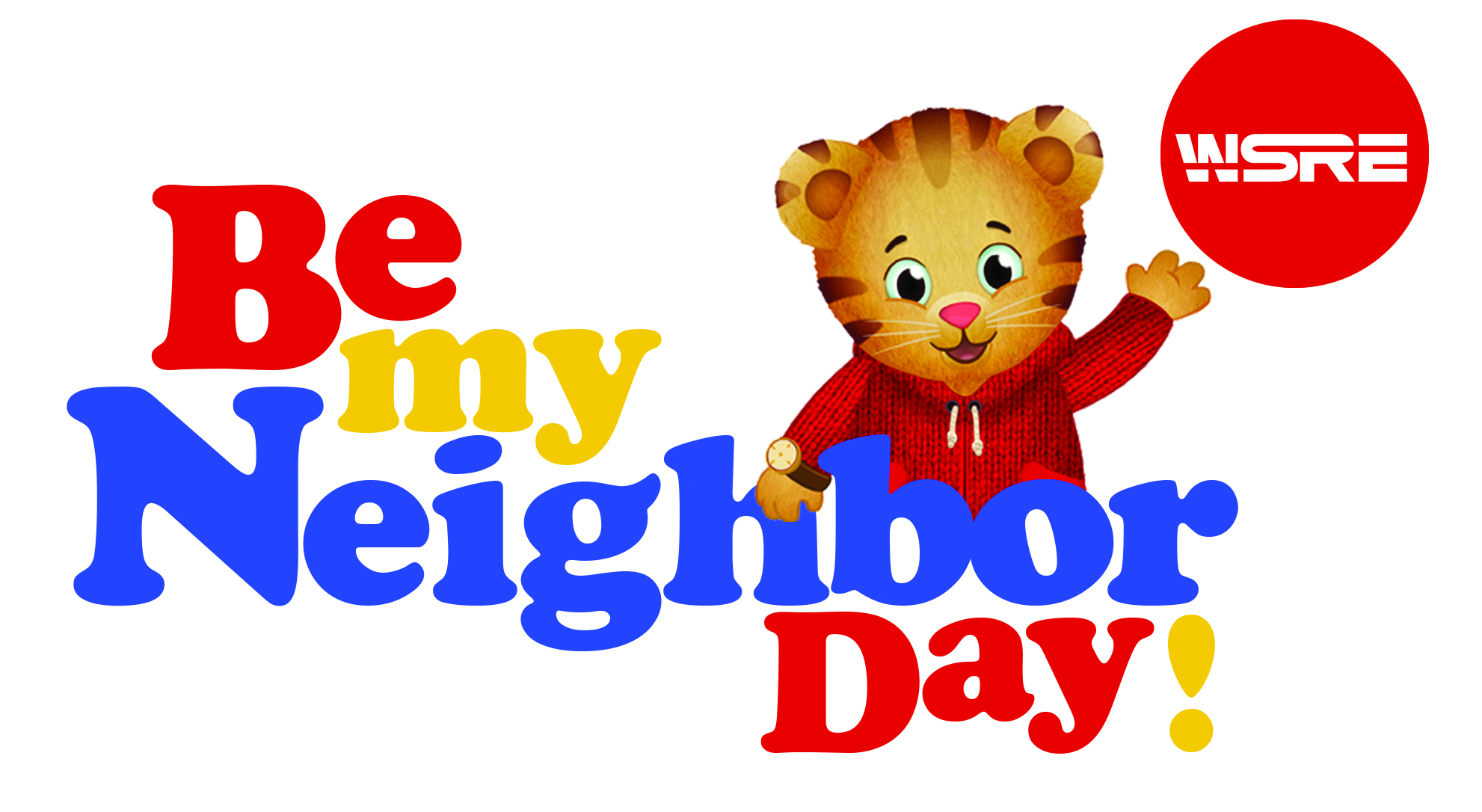How does Daniel Tiger do it?
- May 4, 2018
- / Shannon Nickinson
- / early-learning

PBS reaches 71 percent of kids ages 2 to 8.
That makes Daniel Tiger, the Wild Kratts, Odd Squad, Curious George and their friends from PBS children’s programming big doings in the world of little kids — and their parents.
The NPR show “1A” from WAMU included a 47-minute segment about children’s television and how it has evolved over time. LISTEN HERE: https://the1a.org/shows/2018-04-30/wont-you-be-my-neighbor-kids-tv-then-and-now
Host Joshua Johnson interviewed Lesli Rotenberg, senior vice president and general manager of children’s media and education at PBS. They spoke about how PBS programming — and children’s programming overall — has evolved over the years.
PBS is one of the content creators mentioned by named by pediatricians for creating quality programming for young children that focuses on the educational aspects of the medium. Rotenberg said that focus on educational value is what sets PBS apart in the landscape of programming.
“I think what we’re developing in children is the skills to be good citizens, instead of to be a good consumer,” Rotenberg said during the show.
The American Association of Pediatrics suggests that children have no screen time — no TV, no games, no tablets, no screens — before 18 months of age.
The AAP cites PBSKids and Sesame Workshop, the creators of landmark series “Sesame Street,” as content that is educationally appropriate and entertaining.
Rotenberg notes that in her world, children’s programming is focused on meeting the educational and school readiness needs of young children.
While screens from smartphones to tablets to video on demand, there are lots of options for parents — and sometimes it seems impossible to avoid a screen until age 2.
Adapted from the Studer Community Institute’s Brain Bags, here is some advice about screen time.
Screen time is more than TV time. Computers, tablets and smartphones have put screens everywhere.
These devices can be a great tool, but experts say parents need to limit the time young children spend with screens. The American Academy of Pediatrics recommends these screen time guidelines for children ages birth to 5:
— Infants to 18-month-olds. No screen time. Period.
— Toddlers (ages 18-month to 2 years). No more than one hour a day and watch with your child. Doctors suggest high-quality programming from PBS or Sesame Street.
— Ages 2 to 5. One hour a day max. Doctors say what you watch should be high-quality, that you should watch with your child to help them understand what they are watching, and apply it to the real world.
More Good Advice:
— Slow and steady wins the day. Skip fast-paced programs (young children do not understand them as well), apps with lots of distracting content, and any violent content.
— Turn off the background noise. Turn off televisions and other devices when not in use.
— Screens shouldn’t be the only pacifier. There are times when shows can be used to soothe an anxious child, but doctors worry that using it too often could hurt a child’s ability to deal with his or her emotions. Ask your pediatrician for help if needed.
— Before they watch it, you should watch it. Test apps or watch shows before you let your child view them. When you use them, play together, and ask the child what he or she thinks about the show or app.
— Some times should be screen-free. No screens at mealtime, while you are playing together and no screens one hour before bedtime.
Manage your family’s screen time at: www.healthychildren.org/MediaUsePlan.
DOWNLOAD THESE
When your baby grows big enough to start using a screen, look to these apps and websites for a good mix of fun and educational opportunities.
www.pbskids.org PBS is home to Sesame Street, Curious George, Daniel Tiger, and characters classic and new who teach kids in a fun way.
PBSKids Games. Games that feature PBS characters.
Reading Rainbow. The classic PBS show lives on as an app with interactive stories, videos and more. Free and paid versions.
Letter School. Learn to write letters and numbers.
TeachMe. Features a mouse teacher who reviews colors, numbers, sight words and more. Versions from toddlers through third-grade.
Duck Duck Moose. An app developer whose work specializes for kids ages 2-7. They are now part of Kahn Academy, which started a series of videos to help kids with math and science concepts. Free and paid versions of apps available.
For Parents:
Ready Rosie. Videos that offer parents of kids 0 to 5 tips on ways to build learning into everyday life and tasks. Free and paid versions.
Text4baby.org A free app that sends you texts with advice, reminders, health info and more to help you help your baby grow. It’s sponsored by ZERO TO THREE, and Voxiva, Inc.
Vroom. This app send a tip of the day to parents based on the age of their kiddo, to work talk and interaction into everyday tasks.
 CivicCon launches with a look at good growth in cities
CivicCon launches with a look at good growth in cities
 Building stronger brains one baby, one parent at a time
Building stronger brains one baby, one parent at a time
 SCI debuts commercial on Early Learning City
SCI debuts commercial on Early Learning City
 Entrecon: World class speakers and an opportunity to sharpen skills
Entrecon: World class speakers and an opportunity to sharpen skills
 PYP Quality of Life survey 2017
PYP Quality of Life survey 2017
 EntreCon Pensacola 2016: A look back
EntreCon Pensacola 2016: A look back
 Leadership tip: getting better employee takeaways
Leadership tip: getting better employee takeaways
 Leadership tip: be interested instead of interesting
Leadership tip: be interested instead of interesting
 Leadership tip: delivering difficult messages
Leadership tip: delivering difficult messages
 Brain Bags boost Arc, Early Childhood Court programs
Brain Bags boost Arc, Early Childhood Court programs